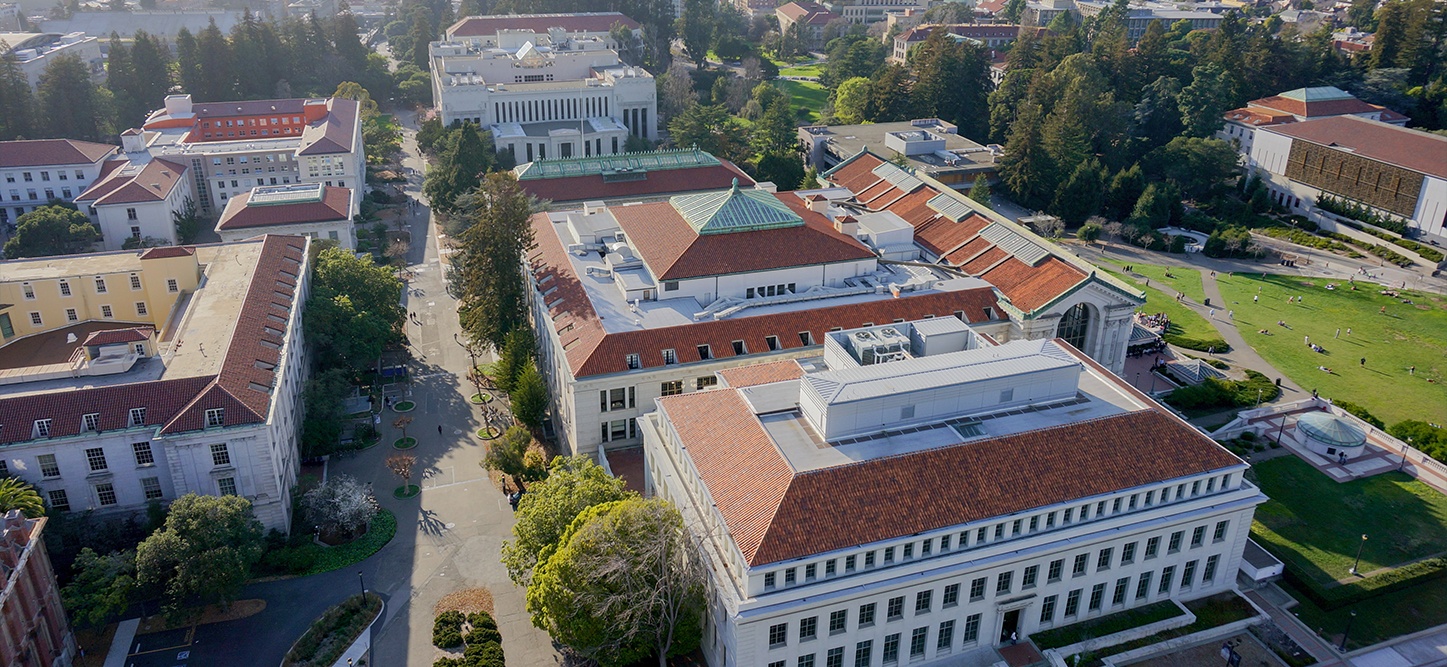Here's how Triumvirate handled the issue:
Phase I: Decking Removal
Triumvirate first created full containment in each of the four floors of the building with plastic sheeting, as well as installing negative air flow with a hepa-filter to manage free-floating dust and contamination from the room. Next, Triumvirate’s field service crew removed several layers of PCB-impacted wood flooring across a 100,000 square foot area. This resulted in approximately 1250 cubic yards of impacted debris, which was then transported to a TSCA-permitted disposal facility. As an additional precaution, ceilings and walls were hand cleaned to remove residual paint.
Phase II: Culvert Remediation
Since the underground drainage structure adjacent to the building stood in the footprint of the developer’s plan for the new residential building, Triumvirate was asked to remediate the culvert of any contaminants and fill it in with soil. Triumvirate’s field technicians first removed the top of the culvert – steel crossbeams with concrete, covered by 1.5 feet of dirt. When samples of the rubbery surface revealed the presence of PCBs, Triumvirate took measures to remediate. After installing a 2,600 gallon/minute stormwater bypass to circumvent the culvert, field service technicians stabilized the sludge in the culvert – rubber, soil, and sediment – by adding Portland Cement. The team then used an excavator to remove the 500 yards of both TSCA- and non-TSCA-regulated sediment and debris that remained. After removal of the bulk material, the rock walls of the culvert were scraped to remove any additional material, and the entire structure was power washed.




